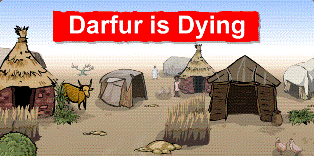David Weinberger a écrit un texte séminal, qui résume de façon brillante la place que peut prendre la « tagsonomy/folksonomy » dans la catégorisation de la connaissance, avec une mise en contexte simple et éclairant. (via Arkandis)
Taxonomies and Tags: From Trees to Piles of Leaves
« The idea that knowledge is shaped like a tree is perhaps our oldest knowledge about knowledge. Now autumn has come to the forest of knowledge, thanks to the digital revolution. The leaves are falling and the trees are looking bare.«
Il décrit les trois types de catégorisation de la connaissance: les arbres, les classifications à facette et les « tags »:
- Because they are unambiguous, trees work well where information can be sharply delineated and is centrally controlled. Users are accustomed to browsing trees, so little or no end-user training is required. But trees are expensive to build and maintain and require the user to understand the subject area well: How do you find the recipe for bread soup if you don’t know to look in the “Tuscan Cooking” category?
- Faceted systems work splendidly where an application is being used by such a wide range of users that no one tree going to match everyone’s way thinking. They are also easier maintain than trees because adding new item requires only filling in the information about facets, rather having make decision exactly which category it should go into.
- Tagging systems are possible only if people are motivated to do more of the work themselves, for individual and/or social reasons. They are necessarily sloppy systems, so if it’s crucial to find each and every object that has to do with, say, apples, tagging won’t work. But for an inexpensive, easy way of using the wisdom of the crowd to make resources visible and sortable, there’s nothing like tags.
Avec la tagomania en cours, une nouvelle façon (bottom up) apparaît pour catégoriser collectivement l’information. « (….) that will invoke innovation and businesses – and problems – we necessarily cannot anticipate.«
ZEROSECONDE.COM (cc) 2004-2012 Martin Lessard
Contenu protégé selon la licence Paternité – Pas d’utilisation commerciale – Partage des conditions initiales à l’identique 2.0 de Creative Commons
